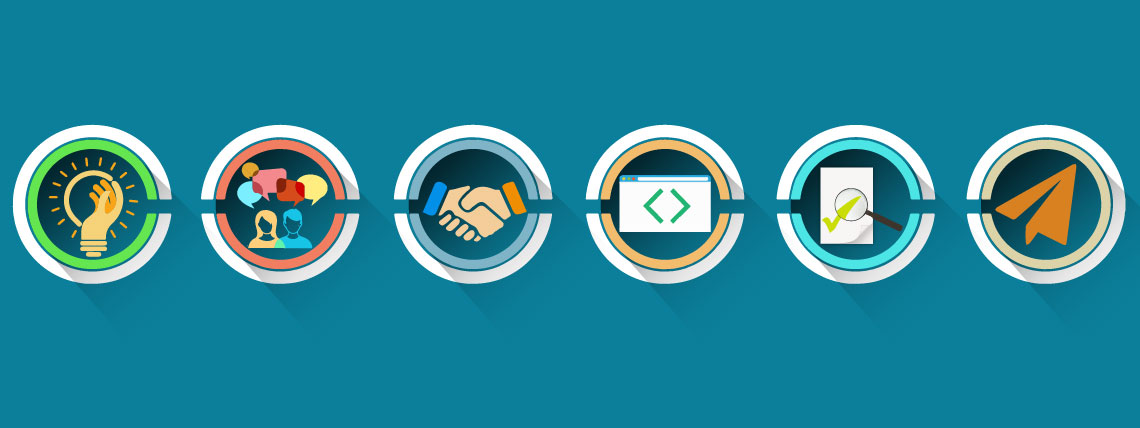Why Choose Us ?
We work in partnership with clients, advise them how to use information technology in order to meet their business objectives or overcome problems. We work to improve the structure and efficiency of IT systems in various organisations.
We may be helpful to provide strategic guidance to clients with regard to technology, IT infrastructures and enabling major business processes through enhancements to IT.
We can also provide guidance during selection and procurement as well as providing highly expert technical assistance, and may be responsible for user training and feedback. We can involved in sales and business development, as well as technical duties.
We can help you with technology consultation, what technology to choose for best productivity or how to implement it to best :-
-
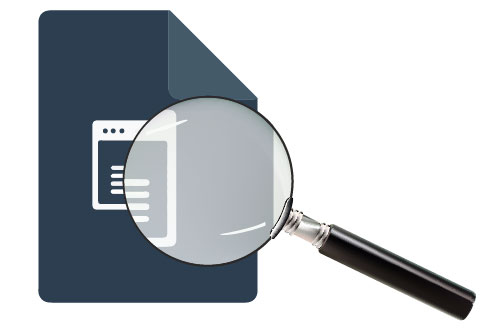
Requirement Analysis
Requirements analysis, also called requirements engineering, is the process of determining user expectations for a new or modified product. These features, called requirements, must be quantifiable, relevant and detailed. In software engineering, such requirements are often called functional specifications.
-

Software Architecture
Software application architecture is the process of defining a structured solution that meets all of the technical and operational requirements, while optimizing common quality attributes such as performance, security, and manageability. It involves a series of decisions based on a wide range of factors, and each of these decisions can have considerable impact on the quality, performance, maintainability, and overall success of the application.
-
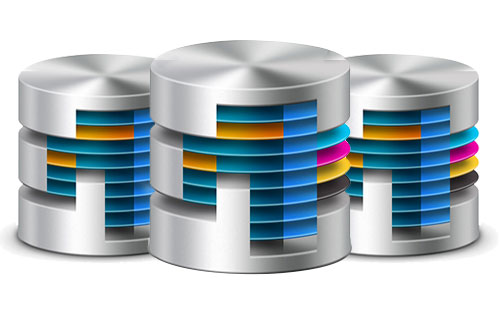
Data Layer & APIs
The data link layer is the second layer in the OSI (open systems interconnection) seven-layer reference model. It responds to service requests from the network layer above it and issues service requests to the physical layer below it.
Application Program Interface (API), is a set of routines, protocols, and tools for building software applications. The API specifies how software components should interact and are used when programming graphical user interface (GUI) components.
-
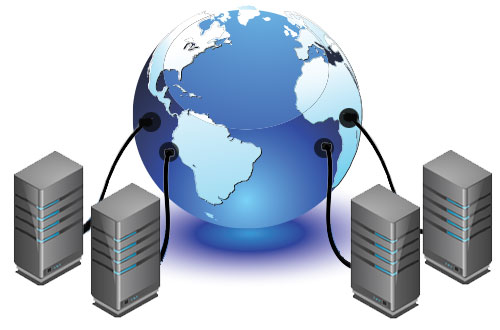
Server Configuration Management
Software configuration management (SCM) is a software engineering discipline consisting of standard processes and techniques often used by organizations to manage the changes introduced to its software products. SCM helps in identifying individual elements and configurations, tracking changes, and version selection, control, and baselining.
SCM is also known as software control management. SCM aims to control changes introduced to large complex software systems through reliable version selection and version control.
-

Cloud Services
In a cloud computing system, there's a significant workload shift. Local computers no longer have to do all the heavy lifting when it comes to running applications. The network of computers that make up the cloud handles them instead.
-
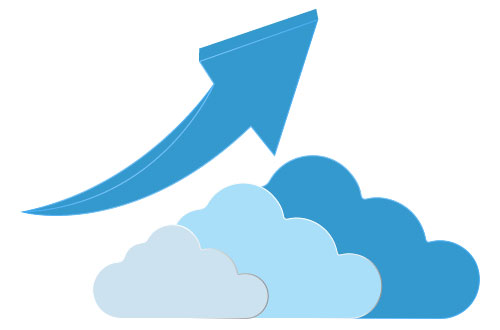
Scalablility
A characteristic of a system, model or function that describes its capability to cope and perform under an increased or expanding workload. A system that scales well will be able to maintain or even increase its level of performance or efficiency when tested by larger operational demands.
-
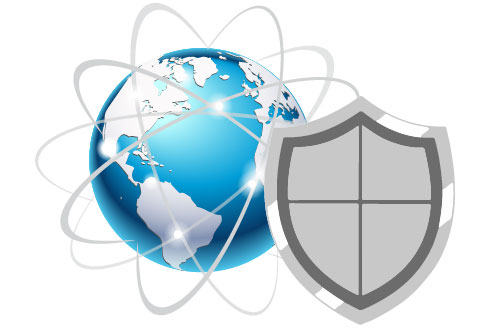
Application Security
Application security is the use of software, hardware, and procedural methods to protect applications from external threats.
-

Project Management
The planning and organization of an organization's resources in order to move a specific task, event or duty toward completion. Project management typically involves a one-time project rather than an ongoing activity, and resources managed include both human and financial capital.
-

Machine Learning
Machine learning is an artificial intelligence (AI) discipline geared toward the technological development of human knowledge. Machine learning allows computers to handle new situations via analysis, self-training, observation and experience.
-

Software as a Service (SaaS)
Software as a Service (SaaS) is a software distribution model in which applications are hosted by a vendor or service provider and made available to customers over a network, typically the Internet.
Benefits of the SaaS model include :-
- Easier administration.
- Automatic updates and patch management.
- Compatibility: All users will have the same version of software.
- Easier collaboration, for the same reason.
- Global accessibility.
-

Big Data Analytics
Big data analytics is the process of examining large amounts of different data types, or big data, in an effort to uncover hidden patterns, unknown correlations and other useful information.
Technologies used by us for big data analytics :-
- NoSQL databases
- Hadoop
- MapReduce
-
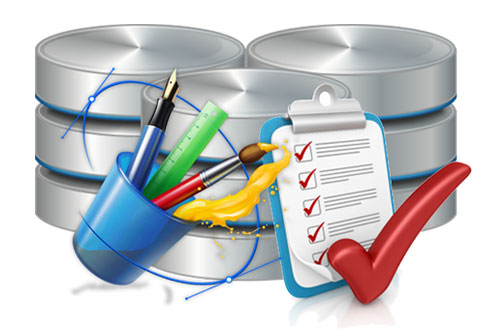
Database Design
Database design is more art than science, as you have to make many decisions. Databases are usually customized to suit a particular application. No two customized applications are alike, and hence, no two database are alike. Guidelines (usually in terms of what not to do instead of what to do) are provided in making these design decision, but the choices ultimately rest on you - the designer.
© LogicQuad Technologies Inc. ALL Rights Reserved. Privacy Policy | Terms of Service

